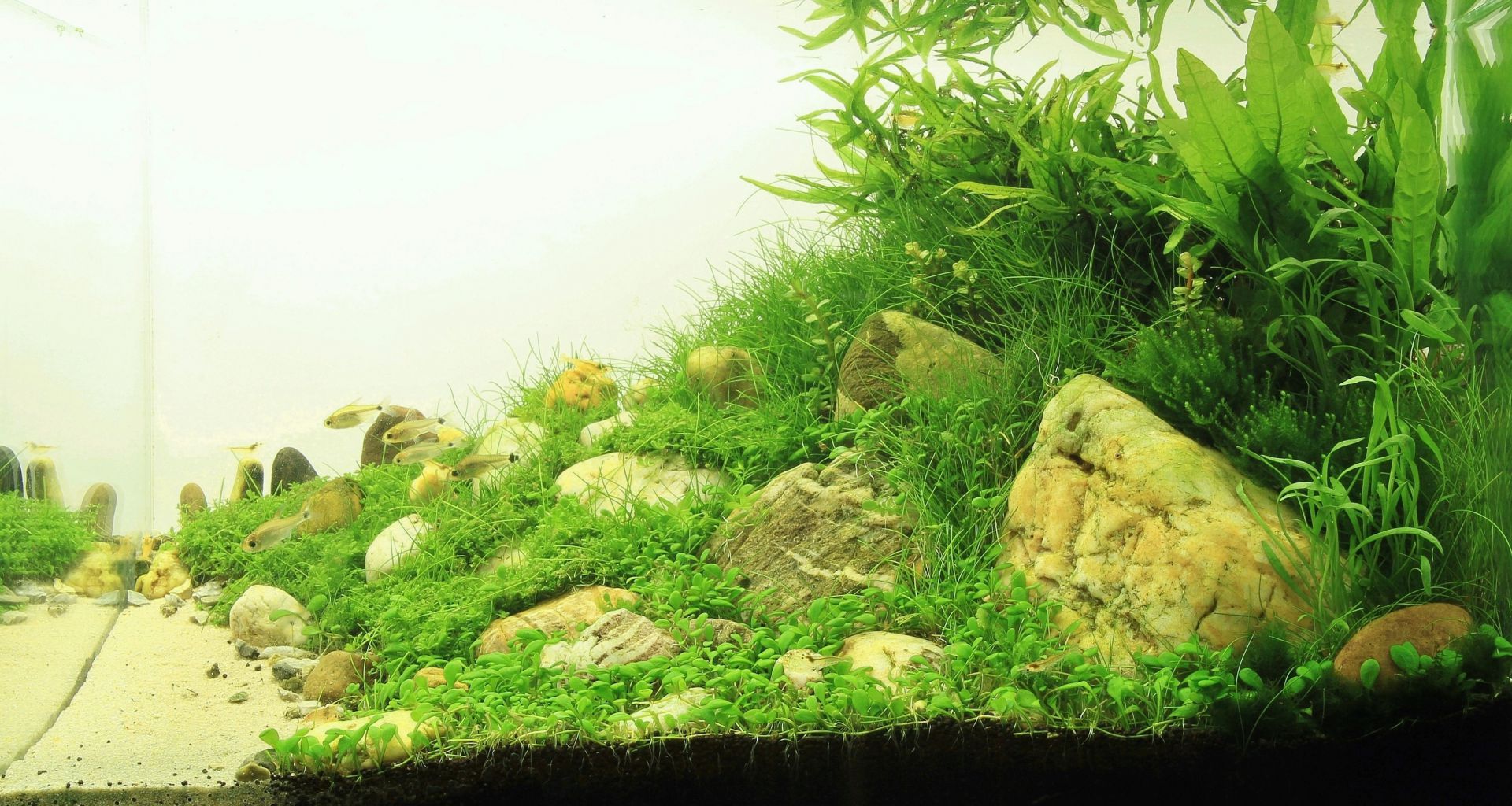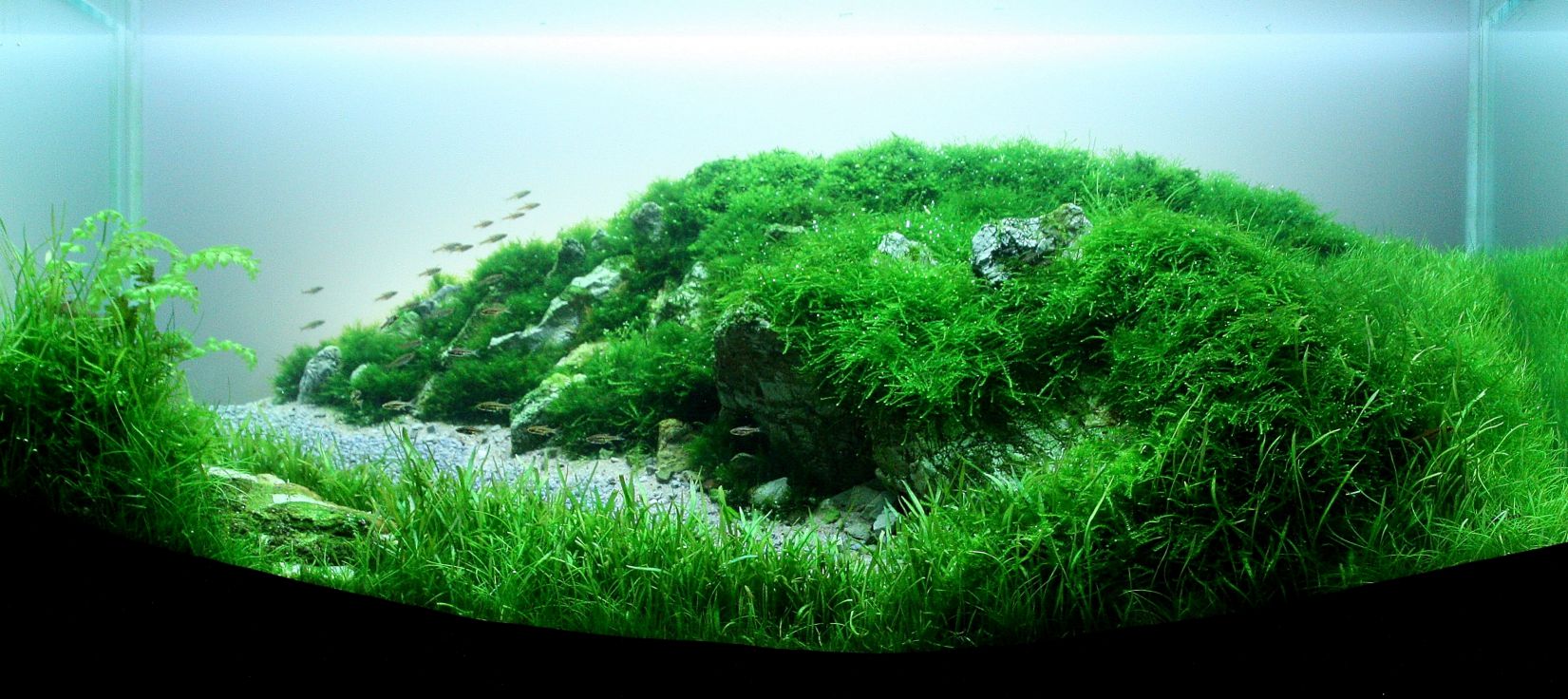As a rule, most of the usual
aquarium lamps are available in different colour temperature variations. These can certainly be used as a design tool to create a special atmosphere in the aquarium. The unit for the color temperature is called Kelvin (abbreviation: K). The white tones of an aquarium light vary from very warm white at low Kelvin numbers to very cool, blue-white at values above 8,000 K. The color temperature of about 6,500 K is perceived by humans as neutral daylight. Common light colours are:
- below 3.300 K: warm white
- 3.300 - 5.300 K: neutral white
- 6.500 K: daylight white
- 8.000 K: cold white
- 10.000 - 12.000 K: blue white
As already described above, daylight white has a fairly neutral tone at 6,500 K. Warm white looks very sunny, optically supports the reds of fish and plants. It is often used as the color temperature for thematically suitable biotope aquariums, e.G. when recreating an Amazon habitat.

Neutral white provides a warmer impression.
Cold white colours thematically fit puristic Iwagumis, with many green plants and grey stones.

A rather cool light temperature supports the overall impression of this Iwagumi layout.
By contrast, color temperatures above 10,000 K are often used in African perch basins or saltwater aquariums in order to make the blue components stand out more clearly.
LED lights with controllable RGB content particularly flexible in terms of light design, for example the daytime matrix, equipped with UBRW-modules (Ultra Blue Red White). With these lighting solutions, the color temperatures can be flexibly adjusted. In addition, with a daylight simulator, reddish sunrises and bluish night light can be realized, too.
If you want to try the different colour temperatures, you are more than cordially invited to try the Flowgrow colour temperature tester. Using an aquarium photo you can simulate different Kelvin values, which create different moods of the picture.